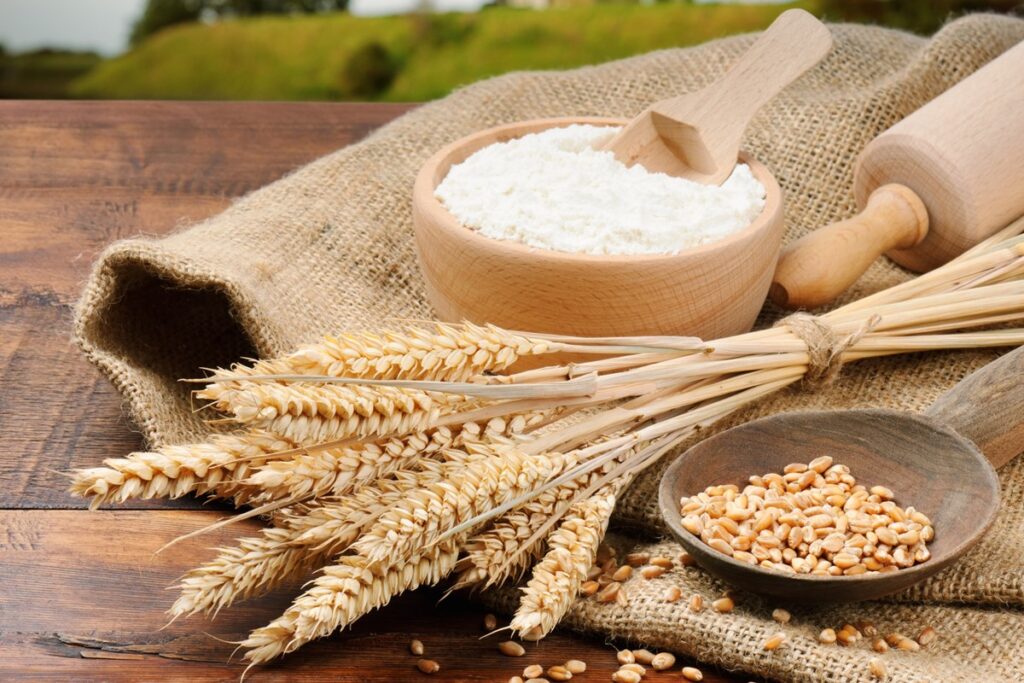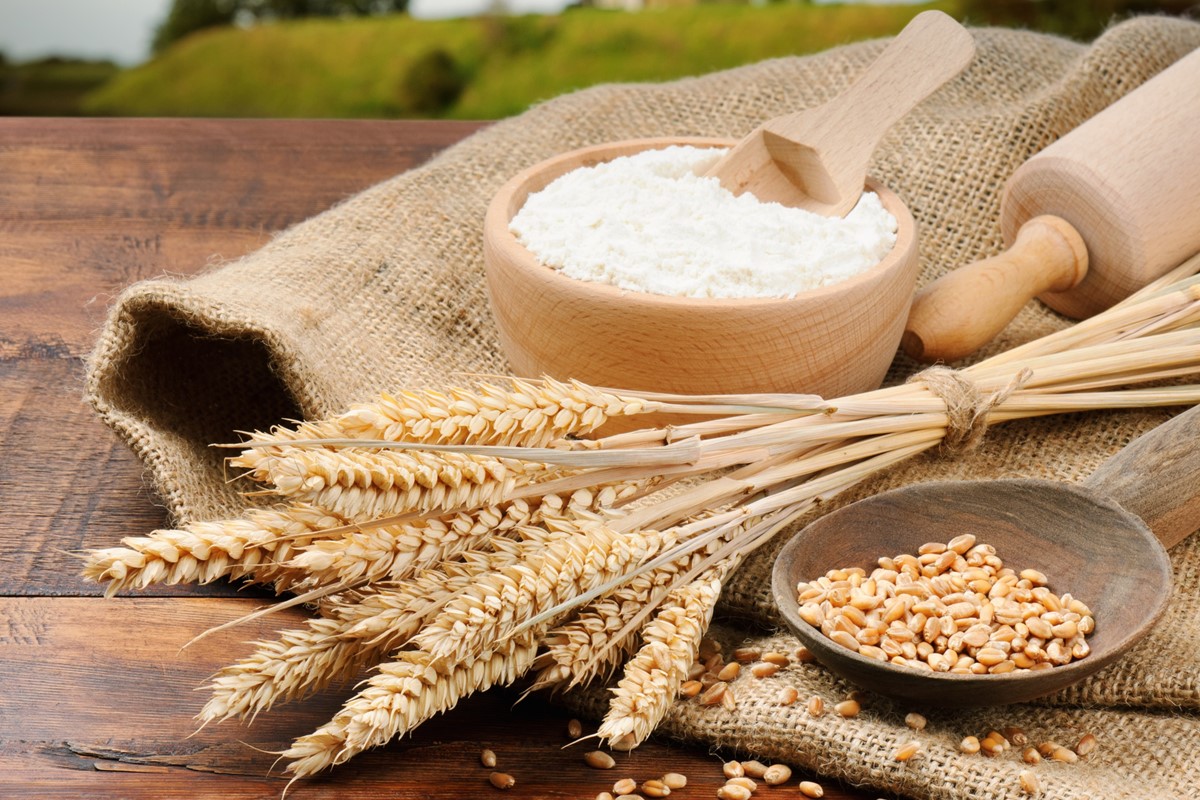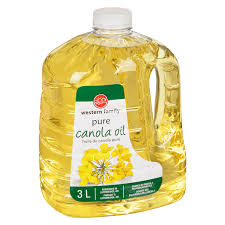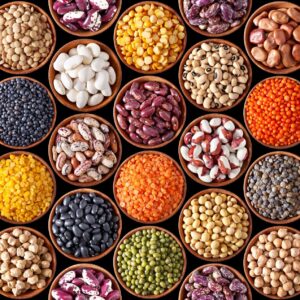Hard Red Spring Wheat: 11-16.5% protein
Hard Red Winter Wheat: 10-13.5%
Soft Red Wheat: 9-11%
Hard White Wheat: 10-12%
Soft White Wheat; 10-11%

Wheat Flour
Wheat Flour
+ Free ShippingFlour is the backbone of any bakery or pastry case. From elegant entremets to the humble cookie, pastry does not exist without flour. Those who like numbers need only look to baker’s percentages for evidence. Which ingredient reigns supreme at a permanent level of 100%, unaffected by application or other ingredients? Flour. A thorough working knowledge of flour—its composition, purpose, and classifications—will aid any chef or baker wishing to troubleshoot a recipe or create their own.
TYPES OF WHEAT
Flour is milled from wheat, a widely cultivated type of grass. Wheat kernels are harvested, ground, and sieved to produce the commercial product we use for baked goods, pasta, and sauces. North American bread wheat is classified by protein content, growing season and kernel color.
Soft Wheat
Varieties of wheat with a low protein content are called soft wheats. In addition to being less abundant, these proteins are often also weaker than those found in high-protein wheat.
Hard Wheat
Wheats with a high protein content are called hard wheat.
Spring Wheat
As you might expect, spring wheats are sown in the spring and harvested in the fall. These tend to be lower in protein.
Winter Wheat
Winter wheats are planted in late fall and harvested in the summer. Winter wheats are generally harder, having a higher protein content than spring wheats.
Red and White Wheat
Most wheat varieties are red. That is, their kernels have a reddish-brown outer layer. Red wheats are higher in protein. White wheats have a light tan seed coat and tend to be low protein.
Selective breeding has led to a mix-and-match palette of wheat types, with the most common commercial wheats being:






Reviews
There are no reviews yet.